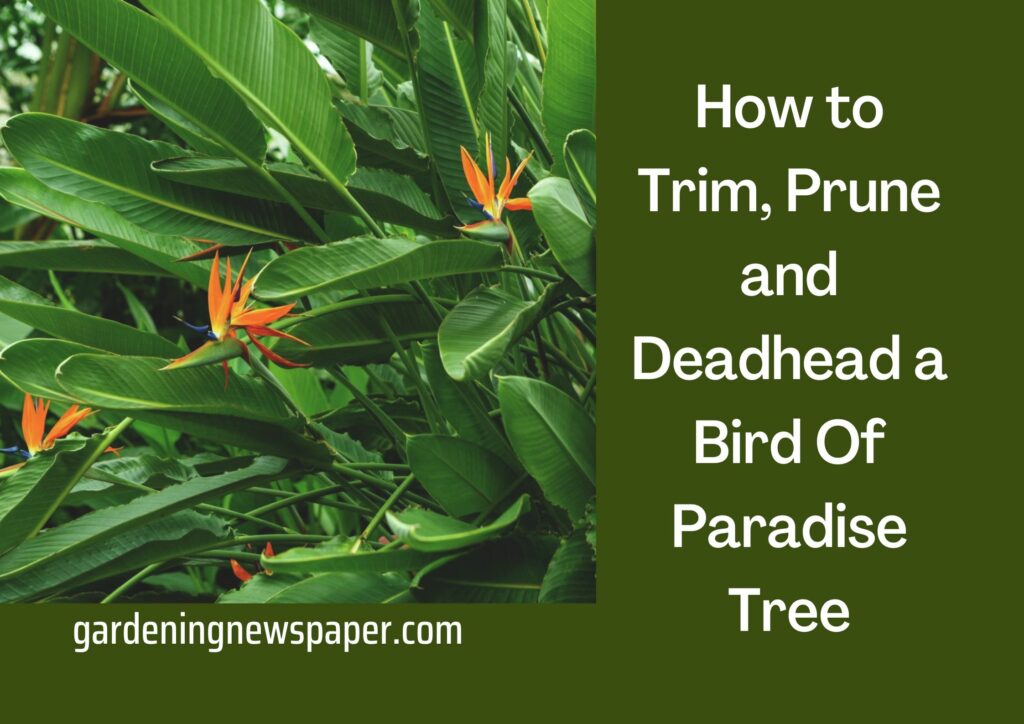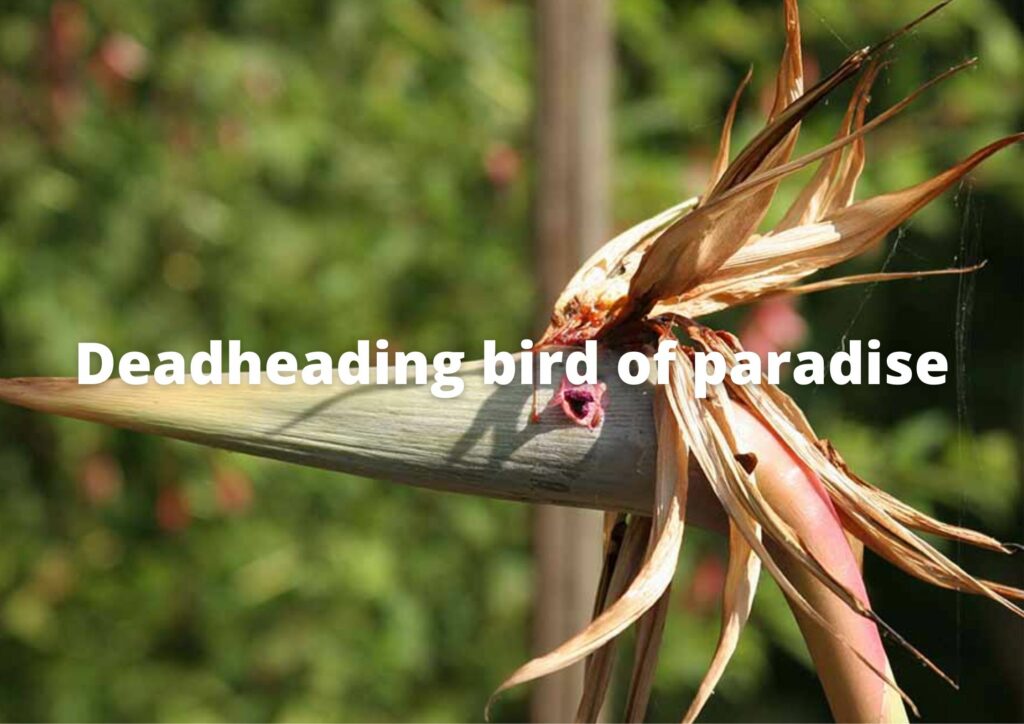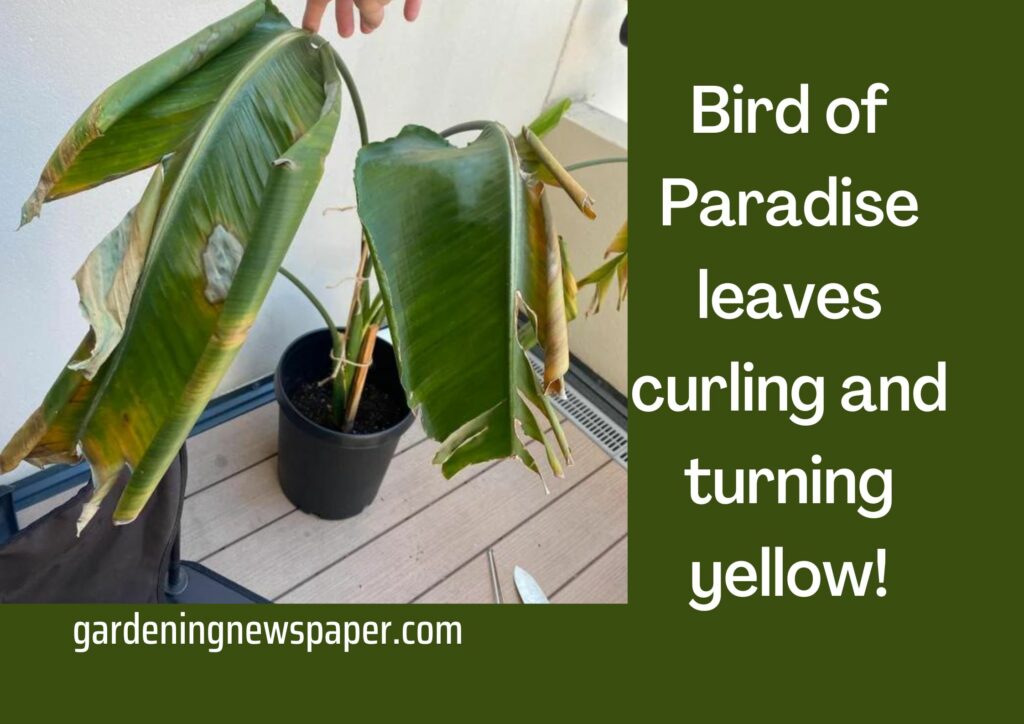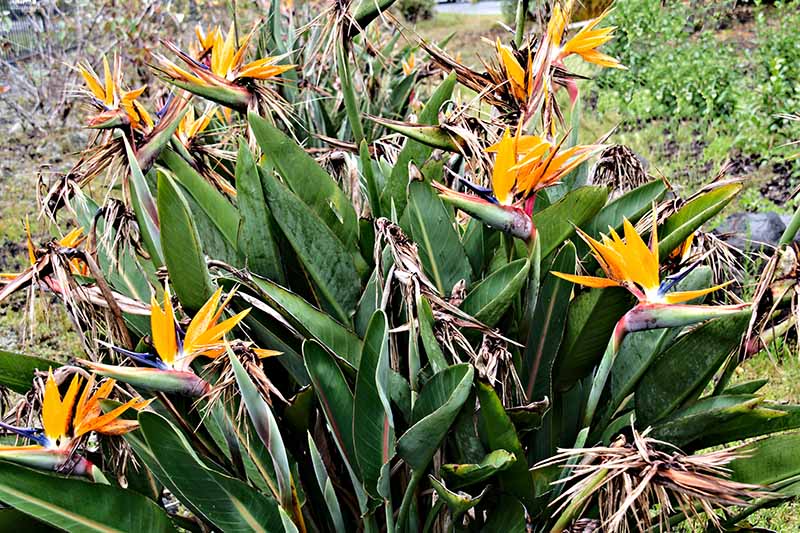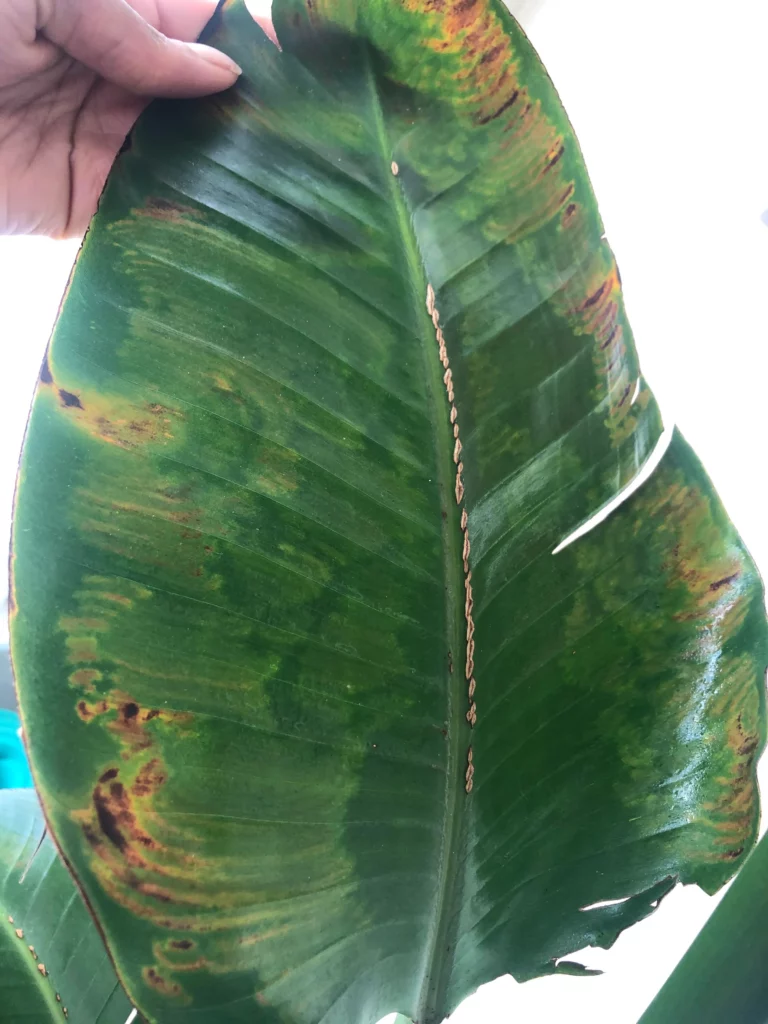Bird Of Paradise Propagation: How to propagate giant bird of paradise?

Bird of Paradise is a South African native plant with a brightly colored and unique appearance. This beautiful flower looks like a colorful bird when in flight, which is why it’s called Bird of Paradise. The plant can grow to 5 feet in height (1.5m) and 55 at night (13 C).
People often leave their plants outside during the summer months, but bring them inside when it starts to get colder. You can learn how you can propagate bird of paradise to keep them thriving, or even start your own plants. It is an easy task that doesn’t require any special skills. If you have a fear of winter survival, it may be useful to propagate bird of paradise.
How to Propagate Bird of Paradise
- Bird of paradise propagation can be done easily by plant division.
- By cutting a piece from the rhizome using a sharp knife, you can propagate bird of paradise cuttings in spring.
- Sprinkle some rooting hormone over the cut surfaces.
- Each division should have attached roots and a fan.
- Each division should be placed in a small, clean container with high-quality plant medium.
- It is tempting to water each division immediately, but it is better to allow the wounds to heal for several days.
- After this, you can start a regular watering routine. The following spring, apply a general, high-quality fertilizer to your plants.
What does a Bird of Paradise rhizome look like?

Dividing the underground stems is the easiest way to propagate Bird of Paradise. These are called rhizomes. Before new growth starts, remove the plant from the pot. Then, use a sharp knife to cut the rhizome so that each division has roots attached.
The bird of paradise rhizome is a swollen horizontal tuber that has roots and fans of leaves attached. Put on safety goggles and gloves before dividing the rhizomes. Next, disinfect a knife with Lysol or rub alcohol by wiping it with a damp rag or by dipping it in the solution.
Use a spade, garden fork or a knife to remove the whole clump. Separate the rhizomes with your hands. The rhizome should break at a joint. To separate the rhizome with a sharp knife, you will need to dip it in 10% bleach solution and then rinse the knife.
Can you propagate bird of paradise without roots
No! While mature Bird of Paradise may be propagated by other methods, the stems and leaves of these plants do not grow roots or rhizomes if they are cut without roots. For successful propagation, it is important to include a section from the rhizome. From this, additional stems and rhizomes will grow.
How to grow Bird of Paradise starting from seeds – Propagating bird of paradise from seed

You can also grow this beautiful tropical plant from seeds. Although it is not difficult to learn how to grow bird paradise from seeds, patience may be required.
- For best results, it is important that bird of paradise seeds be dry and fresh.
- Sow seeds as soon as you can after harvest.
- To aid in germination, soak the seeds for three days in room temperature water.
- You should change the water every day.
- Alternativly, you can use a file to scrape off the seed’s outer coat.
- You should plant seeds 1 inch (22.5 cm) deep. In moistened, high quality potting mix, plant seeds deep.
- Place newly-planted seeds in a warm area at least 85°F (29 C.) with indirect lighting.
- To retain moisture and preserve humidity, cover the pot with plastic.
- Bird of paradise seeds take a while to germinate so be patient.
- A sprout can take up to one year.
- The new plant can take up to ten to flower.
- The soil temperature and freshness will determine the timing of flowering.
Bird of paradise propagation can be a time-consuming process that requires patience. It is great for adding plants to your garden or to guarantee their survival in colder areas.
Splitting Bird Of Paradise: Information on Dividing Bird Of Paradise plants
You might feel that your bird of paradise is too full, or that you want to add plants to the garden for friends or family. If you don’t know how to divide a bird, this will be a great resource. It is important to ensure that your bird of paradise plants are not too root bound if they are in a container. Let’s take a look at how to divide bird of paradise plants.
Splitting Bird of Paradise
First, bird of paradise blooms best in large clumps and when they are slightly pot bound. It is not necessary to divide these plants. These plants can be repotted and divided as necessary in spring. However, flowering may be delayed or reduced.
How can you tell when it is necessary?
Potted plants may grow too big and crack the container. Sometimes garden plants can spread beyond their boundaries. Spade pruning can help to stop the spread of garden plants. To do this, drive a spade shovel in the ground around the plant.
How to Divide a Bird of Paradise
Dividing bird of paradise plants is the best way to reproduce them. The best way to divide bird of paradise plants is with mature plants that have been blooming for at most three years. By removing any young suckers or digging up old clumps, you can create new plants. Before you can see new spring growth, remove the plant from its pot or ground and carefully cut the rhizome. Each section should contain a fan of roots.
Transplanting Bird of Paradise Sections
Water thoroughly and replant the divisions at the same place and depth as the original plant. You can also plant them in individual pots using well-draining soil. Water well. These should be kept in a sunny area for eight weeks to establish the roots. They can then be moved to a more sunny location. For new divisions to flower, it will take approximately two to three years.
Transplanting Birds Of Paradise: How to Transplant a Bird Of Paradise Tree
Can you move a bird-of-paradise plant? The short answer is yes, but it’s important to be careful.
You may wish to transplant a bird-of-paradise plant to provide better conditions for your plant, or to relocate it from its current location. No matter the reason, it is a huge job. Take some time to read through these steps so your bird of paradise will be able to survive and thrive in the new home.
Relocation Tips for Bird of Paradise
Bird of paradise is a showy, beautiful plant that can grow to large size. If possible, avoid transplanting large specimens. They are difficult to dig up and can be very difficult to move. Be sure to find a suitable spot before you begin digging.
Bird of Paradise likes warmth and thrives in warm soil. Before you move on, find the perfect spot and dig a large hole.
How to Transplant a Bird of Paradise

It is important to take care when transplanting bird of paradise. This will ensure that it does not suffer any damage, transplant shock and allows it to thrive in new surroundings.
- First prepare the plant by digging it out, then moving it.
- Water the roots to ease the shock of being moved.
- You should dig around the plant for about 12 inches (30cm). Each inch (22.5 cm.) The diameter of the main trunk. To avoid cutting into roots, dig deeply. To get rid of it, you can remove lateral and minor roots.
- You can place a tarp next to the bird of paradise. Once you have removed the root ball from the ground, lay the tarp on top.
- Slide the tarp under the roots to make it easier to lift.
- Then, carefully tip the plant onto the tarp.
- The plant can be dragged to the new place or moved using a wheelbarrow.
- Water well and place the plant in the new hole.
After you have replanted your bird-of-paradise, it is important to care for it.
- You should keep an eye on it for several months while it recovers.
- To encourage growth and blooms, water the plant regularly for several months.
- With the proper care, your bird of paradise should be happy and healthy in its new home within three months.


